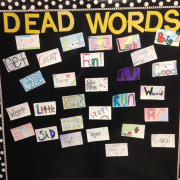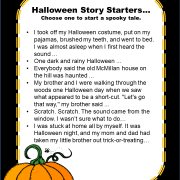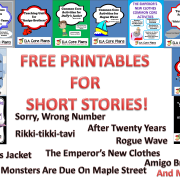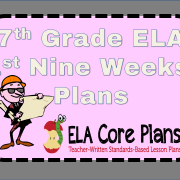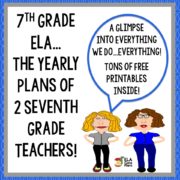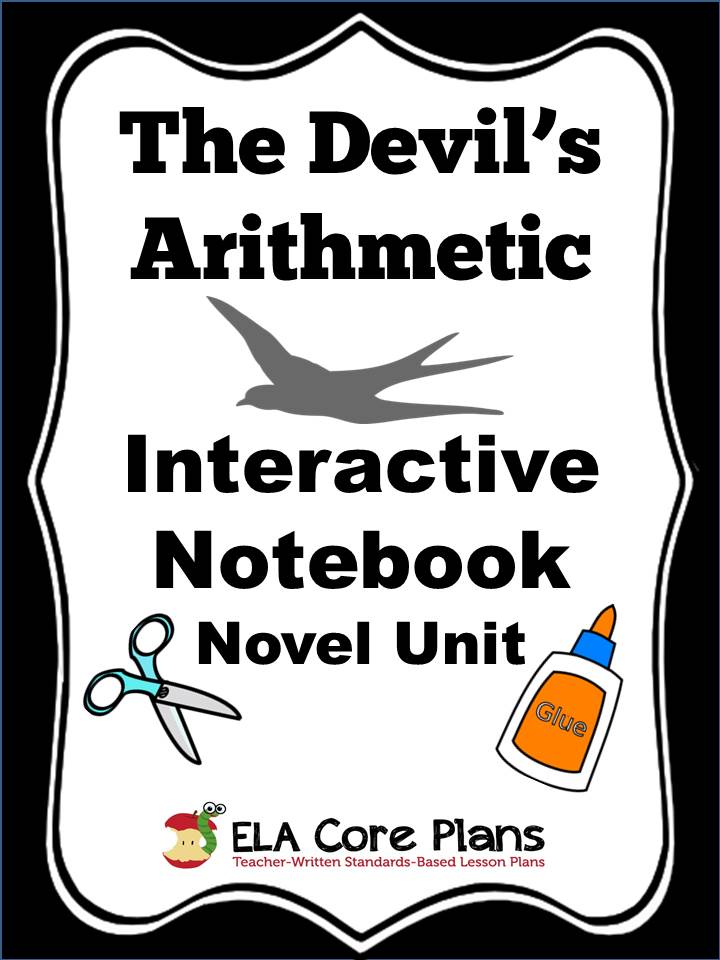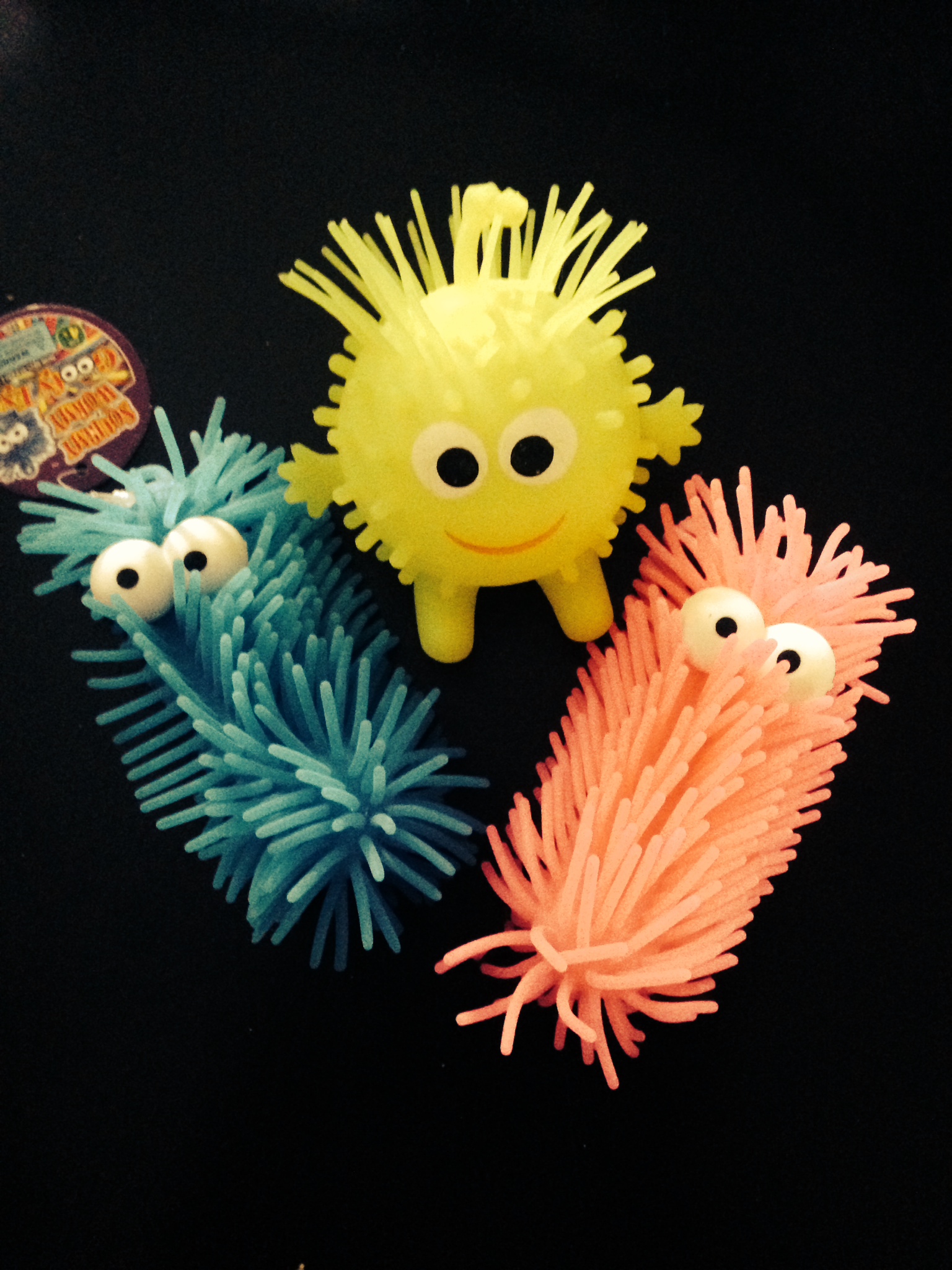Dead Word Funeral ~ A Lesson in Word Choice
It’s that time again in my seventh grade ELA classroom, time for our “Dead Word Funeral”. It’s a somber, yet exciting event. My students dress and act the part. We carry tissue out to the “grave site” and shed tears as we read our eulogies. We nod our heads and say an occasional, “I’m going to miss him.” We even sing songs! This is a super fun activity to teach a valuable and unforgettable lesson on word choice. Here is how I go about it:
- As a class, we brainstorm a list of words that we want to bury. I warn students that once we bury the words, we will no longer be allowed to use them in writing assignments. Whenever a student suggests we bury a word like love, I always say, “What are you going to write instead?” When they see that there are not many words to substitute it, we move on without adding it to our list. Instead, we choose words that have multiple synonyms and words that just seem elementary for seventh graders (big, little, etc.). Click here to see a list of the words we are saying goodbye to this year in our dead word funeral.
- Next, I pull Popsicle sticks with students’ names on them to let them choose the word they want. (I use Popsicle sticks for everything.) When I pull a stick, that student chooses his/her word, and then I pull another. This is a fair way to let them choose. I try to come up with enough words for each student in the class to have a different one.
- Now, students are ready to create both an obituary and eulogy for their beloved word. This is the fun part, as they have the chance to be very creative with this fun writing assignment. For example, students must come up with a list of the deceased word’s family and friends. The word Run could be married to Whisper and have a child named Tiptoe. Click here to see a list of my requirements for the eulogy and obituary.
- Students are given an index card on which to write their word. These cards will be placed in the casket during the dead word funeral. Students make their words big and colorful and decorate them accordingly.
- On my part, there are a few things that I do to prepare for the funeral. Some years, I go all out. I call our local mortuary and ask to borrow a small casket. Our local funeral home has display caskets that are small and perfect for this activity. Other years, when I don’t feel like going through the hassle, I make my own casket out of a box or plastic tub. If you drape a black sheet over it and call it a casket, it will work. I set the casket up on a desk or table. I also have several tombstones that I set up on the floor or ground (if we hold the funeral outside) around the casket. These can be made out of cardboard or Styrofoam. You can also find some really cheap around Halloween. One year, I even made cake squares with all of the names of the words we were burying on them! Most years, I tell students that people always eat after a funeral, and then I ask some of them to bring in snacks to share with the class. Oh, I also download some music appropriate for walking out to the funeral. This always sets the mood.
- On the day of the dead word funeral, students dress nicely or in black. As the music plays, we walk quietly and in a single file line to the “grave site”. I have tissue on hand for those students who are very upset. I act as the officiator of the funeral and open with a few words about the deceased. Then, students take turns reading their eulogies. Once these are read, we sing two songs that I have written for the occasion. Then, one by one, students walk in a line to the casket and say their goodbyes as they place the index card with the word on it into the casket.
- When the music begins again, we somberly return to the classroom to eat snacks.
- I collect the index cards from the coffin and hang them on a bulletin board. For the rest of the year, students are not allowed to use the words in their writing.
- We have created a packet of everything we use to hold our dead word funeral. In this resource, you will find examples of eulogies and obituaries,a fill-in-the-blank eulogy and obituary for students who may be struggling with writing their own, the lyrics and tunes of the songs that we sing at the funeral, as well as other practice with writing strong verbs. Click here to purchase our complete Weak Words, Dead and Gone Packet.
- Have fun!

